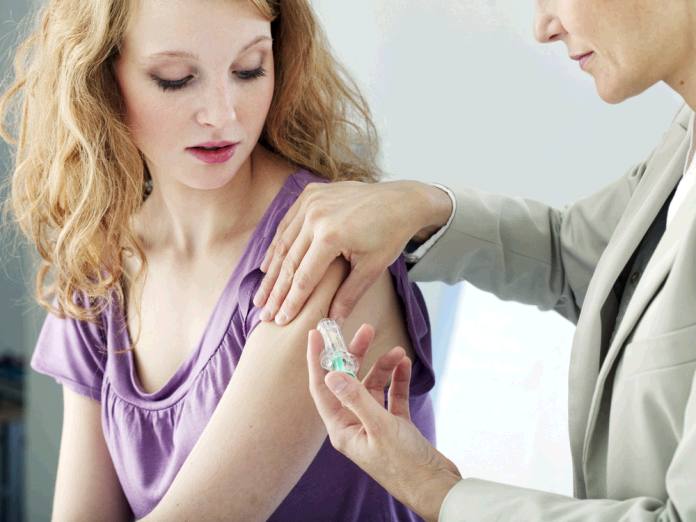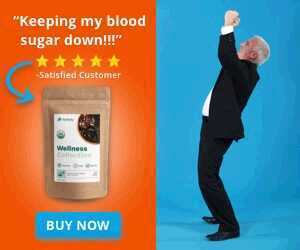
The HPV vaccine, which is commonly marketed under the name Gardasil, is obviously meant to prevent HPV or human papillomavirus. HPV is technically an incorrect name because it actually refers to about 150 related viri. The word papilloma refers to warts because many HPV varieties can cause warts to form on the skin. That’s why HPV is also referred to as “genital warts.”
HPV and its types are very common. It’s estimated that in the United States alone, nearly 43% of the population had a genital infection of HPV between 2013 and 2014.
Many people don’t ever know they have HPV. They don’t develop symptoms and/or it goes away in a couple of years. In fact, 90% of infections just end without medical interference, according to the CDC.
However, sometimes they don’t go away. This would be bad enough on its own, but it can get worse. Some HPV infections, if left untreated, can go on to cause cancer. That is why the HPV vaccine was introduced because it can prevent most of the cancers from developing.
It’s best for children to be vaccinated between the ages of 11 and 12. However, if they’re not already vaccinated, it’s recommended that young women up to the age of 26 and young men up to the age of 21 also get the jab. Young people who are immunocompromised and transgender youth are also recommended to get the vaccination up to the age of 26.
There may be some pain, nausea, or fatigue after getting the vaccine, but it’s also common not to have any side effects. There is always the risk of an allergic reaction, so you or your child should not be vaccinated with the HPV vaccine if you have a severe allergy to yeast, among other ingredients. Always check the components of a vaccine and discuss it with your doctor.





























